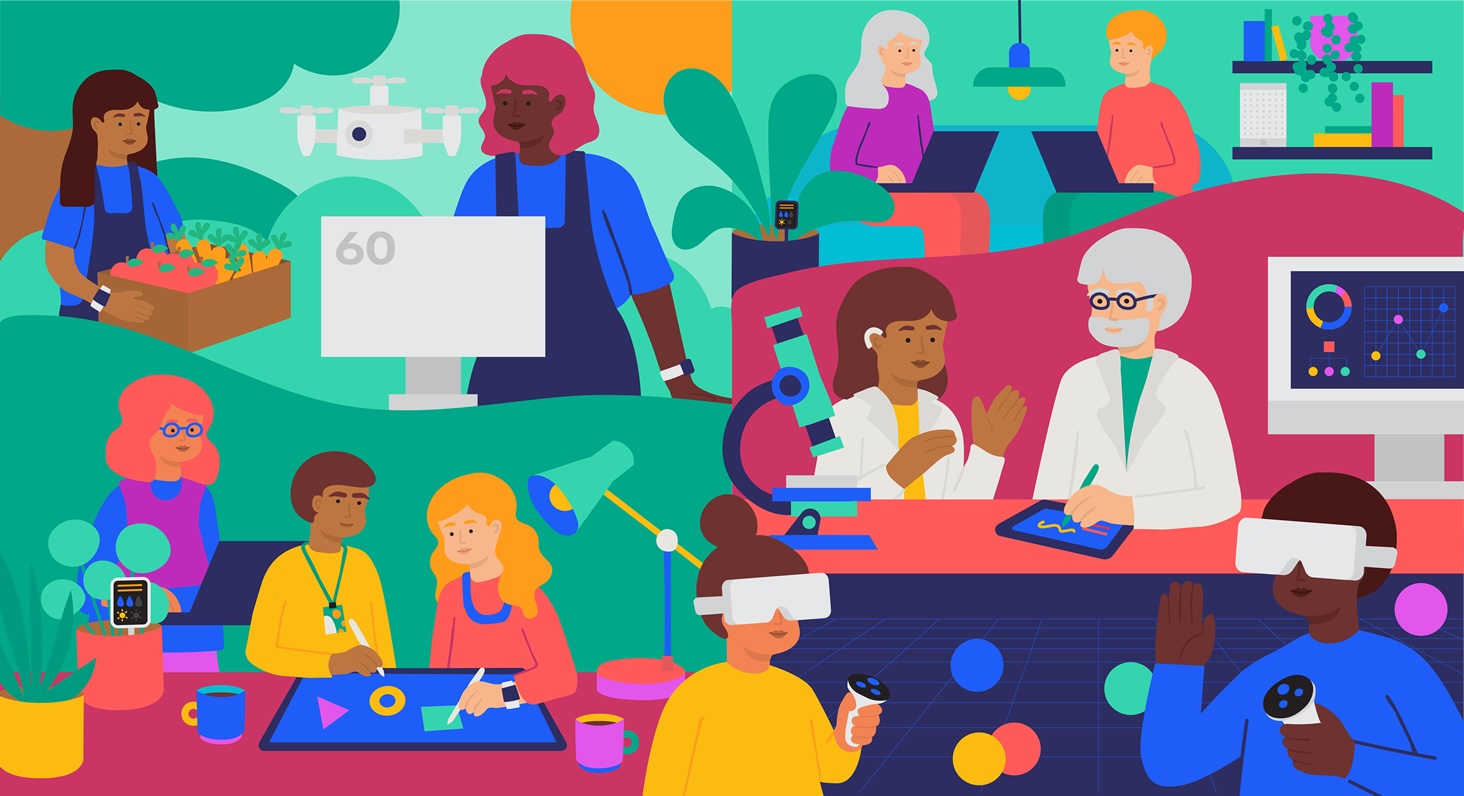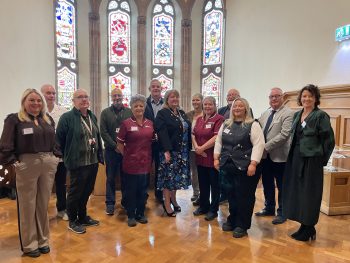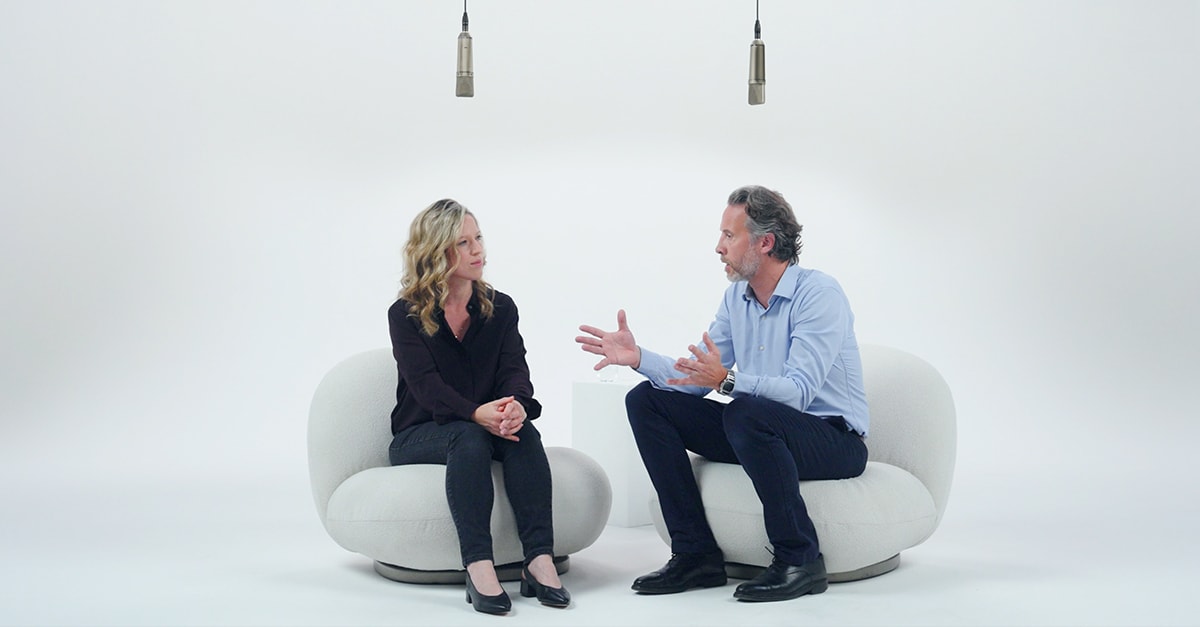Care for All: Redefining Healthcare Through Inclusion and Compassion

In a perfect world, everyone would have access to the medical care they need—regardless of income, language, or background. But in reality, millions still struggle to find even basic healthcare. The problem isn’t just about hospitals or doctors; it’s about barriers—financial, cultural, and systemic—that keep people from getting help when they need it most. Inclusive medical care is about breaking those barriers, one compassionate step at a time.
1. The People Left Behind
Across the globe, underserved populations face enormous challenges in accessing healthcare. This includes low-income families, people with disabilities, refugees, indigenous groups, and rural communities. These are the people who often fall through the cracks of traditional systems.
For example, a single mother in an inner-city neighborhood might postpone seeing a doctor because she can’t take a day off work. A farmer in a remote village might live hours from the nearest clinic. Each story is different, but the result is the same—unmet health needs that grow into bigger, preventable problems.
2. Why Inclusion Is the Heart of Good Medicine
True healthcare isn’t just about diagnosing diseases—it’s about caring for people in all their complexity. Inclusivity ensures that everyone, regardless of background or circumstance, has an equal chance at a healthy life.
Inclusive care values empathy as much as expertise. It asks providers to understand social realities: Can the patient afford the medication? Do they understand the treatment instructions? Is there a stigma in their community preventing them from seeking help? These questions make care not just effective but humane.
3. Listening Is the First Step Toward Healing
Before a prescription, there should be a conversation. Too often, patients from underserved backgrounds feel invisible or unheard. Listening—truly listening—can uncover the real barriers to health.
A community nurse once discovered that an elderly patient wasn’t taking her medication because she couldn’t read the instructions on the bottle. A simple change—adding color-coded labels—solved the issue. That’s the power of empathy-driven care: small adjustments that make a world of difference.
4. Bringing Healthcare to the Doorstep
If people can’t come to healthcare, healthcare must come to them. Mobile clinics, pop-up health camps, and telemedicine are transforming access for those far from traditional facilities.
In remote parts of Africa, doctors travel on motorcycles equipped with medical kits. In the U.S., nonprofit organizations operate buses that provide checkups, vaccinations, and dental care in low-income neighborhoods. These creative models prove that inclusion isn’t about luxury—it’s about logistics and willpower.
5. Culture and Communication: The Keys to Connection
Language and culture are often the invisible walls in healthcare. A patient who doesn’t understand medical terminology or who fears judgment because of cultural differences might avoid care altogether.
Hospitals that hire bilingual staff or offer interpreter services see higher patient satisfaction and better outcomes. Similarly, training healthcare workers in cultural sensitivity—understanding traditions, beliefs, and taboos—creates a safe, respectful environment. Healing begins when patients feel understood, not judged.
6. Technology That Lifts Everyone Up
The digital era offers enormous potential to close healthcare gaps. Telehealth platforms connect patients to doctors across borders. Health apps monitor chronic conditions like diabetes or hypertension. Even SMS reminders can improve medication adherence in rural areas.
But technology must remain inclusive. Not everyone owns a smartphone or has stable internet. That’s why hybrid approaches—combining digital tools with in-person outreach—are the most effective. Technology should empower, not exclude.
7. Educating Communities to Empower Change
Inclusive care doesn’t end with treatment—it starts with education. When communities understand how to prevent illness and manage conditions, they take ownership of their health.
Grassroots programs have shown this time and again. In rural Bangladesh, local women trained as “health promoters” have reduced maternal deaths by spreading knowledge about prenatal care. In cities, community workshops on mental health help break stigma and encourage early intervention. Education gives people the tools to care for themselves and each other.
8. Rebuilding Trust, One Relationship at a Time
For many underserved groups, mistrust of the healthcare system runs deep—often rooted in past neglect or discrimination. Rebuilding that trust takes time, consistency, and transparency.
When clinics hire staff from the same communities they serve, patients feel seen. When doctors take the time to explain procedures clearly, they build confidence. Trust grows through small, everyday actions—eye contact, follow-up calls, honest communication. Compassion may not be listed on a prescription pad, but it’s often the most powerful medicine.
A Future Where Care Knows No Boundaries
Breaking barriers in healthcare isn’t just an ideal—it’s an achievable goal. Every innovation, every act of empathy, every policy that prioritizes equality moves us closer to a system that truly serves all.
Inclusive medical care demands creativity, courage, and compassion. It’s about seeing the world not through the lens of privilege but through shared humanity. Because when we care for the most vulnerable among us, we don’t just heal individuals—we strengthen societies.
Healthcare isn’t just about saving lives. It’s about valuing them equally. And that’s the kind of care every person deserves.
link







